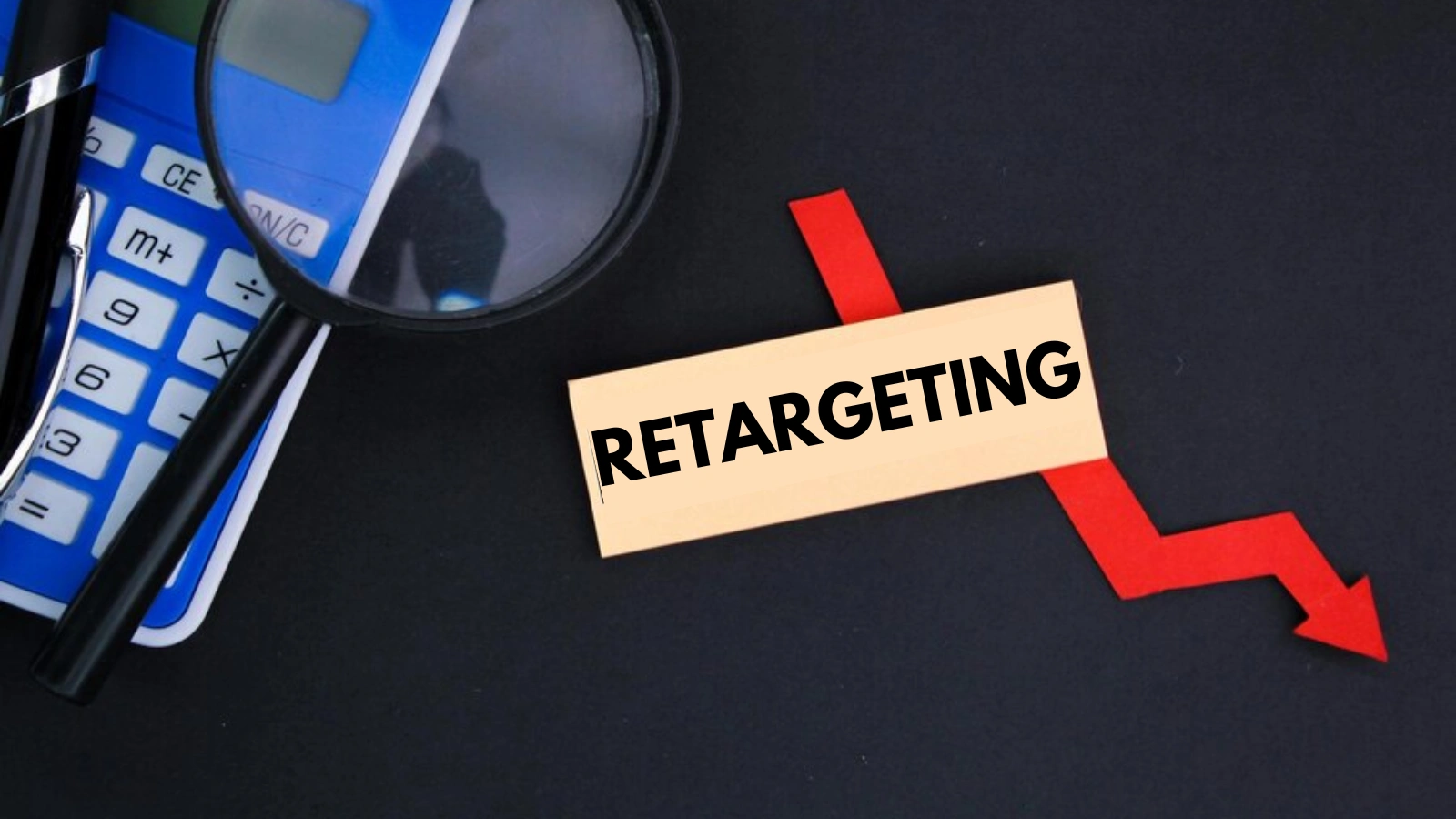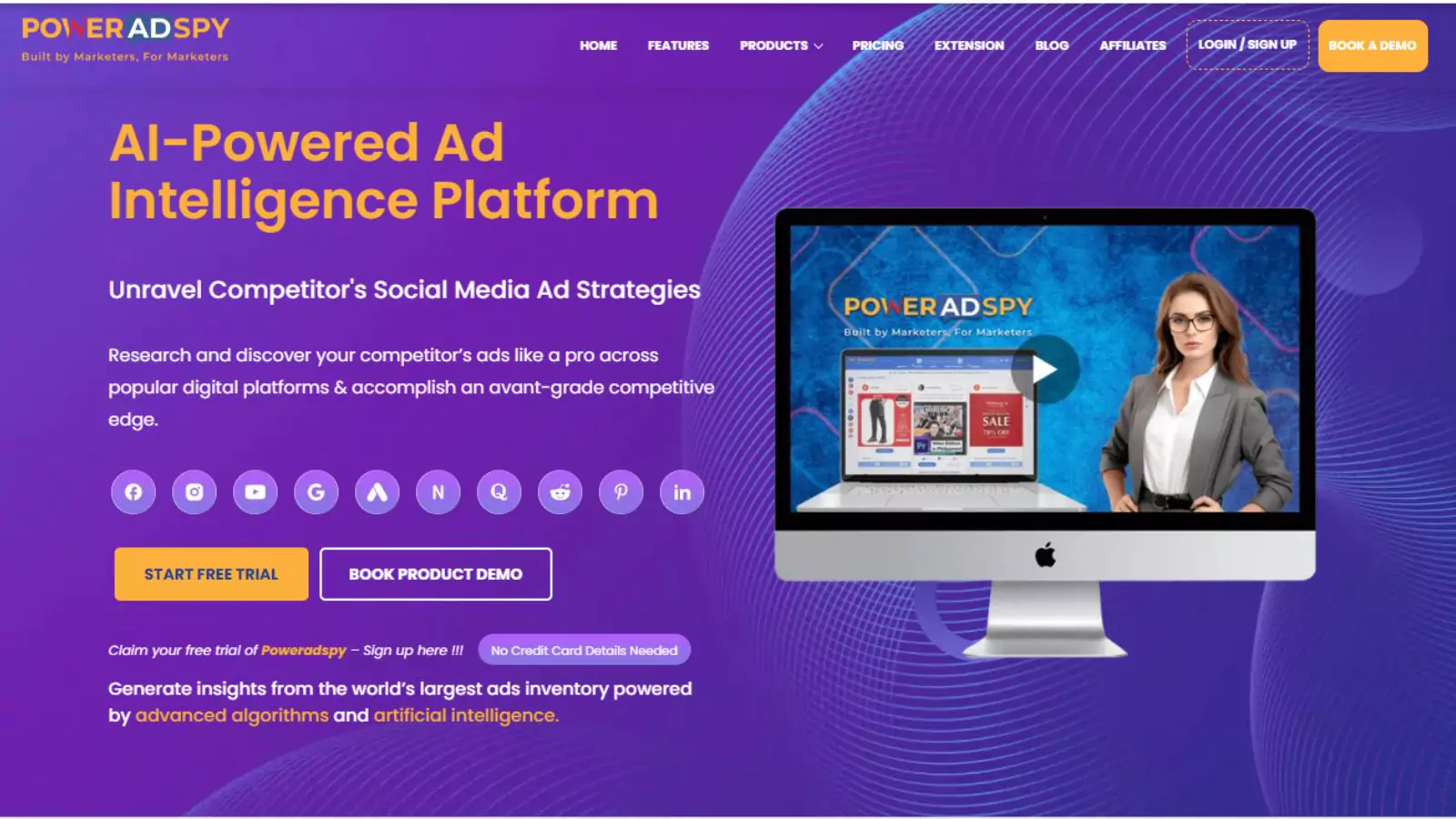Behavioral Targeting: It’s Working & Mind Blowing Benefits
Nowadays, companies need to find smart ways to connect with their audiences. One powerful method is behavioral targeting, which shows ads based on what people have done online in the past. This technique helps businesses reach the right people with the right message, making their marketing efforts more effective.
This approach is more precise and adaptable than traditional demographic targeting. Instead of guessing who your ideal audience is, behavioral targeting uses actual data from users’ online activities to present them with personalized messages.
Imagine being able to show your ads to people who have already shown interest in products similar to yours. That is the magic of behavioral targeting. This technique involves collecting and analyzing data like the pages users visit, their time on sites, and the products they add to their carts. This data helps create dynamic profiles, allowing advertisers to tailor their campaigns to the specific interests of each user.
Let us jump into the blog and learn more about behavioral targeting. We will explore its working, benefits, and why it often outperforms contextual targeting. So, let us begin.
Listen To The Podcast Now!
What Is Behavioral Targeting?
The most popular method for defining your campaign’s target audience is to filter individuals according to their demographics (e.g., age, gender, geography, ethnicity, etc.). Behavioral targeting, on the other hand, is an effective audience segmentation technique that is showing itself to be far more precise and adaptable.
Behavioral targeting allows you to identify people interested in your business based on their past online activity and interactions with your website. This approach helps you find potential leads for your business, making it easier to reach and convert them.
Advertisers may learn a lot about what consumers might be interested in both now and down the road from how they browse the Internet and the content they read, watch, search for, and click on. Together, all these data contribute to dynamic, personalized behavioral profile creation for every user. Advertisers can then modify the campaign’s targeting to show ads only to individuals who fit their behavioral profiles. Let me explain with an illustration.
Currently, Facebook Ads includes one of the most advanced and potent ad networks available. Facebook, the most widely used social network worldwide, has amassed a vast quantity of first-party and third-party data over the years, and as such, it knows a great deal about its members. You can use Facebook Ads Manager’s filtering feature to select target audiences based on their interests and actions.Behavioral targeting is only possible by sophisticated and potent automated systems and algorithms.
These systems gather and examine user activity online to identify trends and eliminate unnecessary information. Behavioral targeting and retargeting are comparable when it comes to using past user activity data to present users with appropriate ads. Nonetheless, it utilizes a lot more data than just website visits and is far more comprehensive than remarketing.
How Behavioral Targeting Works?
Behavioral targeting ads aim to increase the relevance and effectiveness of adverts by targeting users based on their previous actions. You can learn about what type of content suits their taste. Here’s a breakdown of how behavioral targeting works:
Gathering Data
The first step in behavioral targeting is to collect data from various sources. Websites, mobile applications, CRM systems, and other marketing automation platforms are data sources. Companies utilize specific kinds of third-party cookies or tracking pixels for data collection. Following this data collection, the businesses can categorize and evaluate it.
The kinds of data that businesses gather consist of:
- Frequently visited pages: Businesses can monitor whether a person sees a page just once, several times, or frequently.
- Website viewing times: Businesses can gain additional insight into customers’ level of interest in specific goods or services by tracking how long visitors spend on a website.
- Transaction progress: Businesses can monitor which customers add things to their shopping carts, allowing them to identify instances in which consumers abandon the checkout process and retarget them with advertisements in the future to persuade them to finish their purchases.
- Purchases: Businesses can target consumers with advertisements for things they believe they may be interested in buying using behavioral targeting.
- Duration of visits: The business can monitor the duration of visits to its website to determine the extent to which a visitor requires or desires its goods or services.
- Clicked links and advertisements: Marketers can keep track of the links and ads clicked by visitors, which is useful for figuring out which images and copy work best to draw in customers.
- Website element interactions: Businesses may find out which buttons, menus, navigation bars, photos, and video content people click on the most when visiting their website.
Separating Visitors Into Groups
Segmentation is the second phase in the behavioral targeting procedure. Businesses can separate their customer base into various groups according to their browsing or buying habits. For example, if an online store sells many types of shoes, the business may categorize users into different categories. The system categorizes users based on their browsing and purchasing behavior: those who view athletic shoes, dress shoes, and those who make a purchase.
Applying The Data
Based on the segments they generate, an organization can construct distinctive campaigns as the last phase of the behavioral targeting process. As a result, they can create marketing strategies that are optimally relevant to the target audience. It gives their marketing initiatives a more individualized touch and raises the possibility of user engagement and, eventually, conversion.
Benefits of Behavioral Targeting
An advanced advertising tactic called behavioral targeting has many benefits for companies, marketers, and customers. This technique involves gathering information about consumers’ online behaviors to present tailored adverts that increase relevance and interaction. Here’s a detailed analysis of behavioral targeting’s benefits:
Enhanced Relevance and Engagement
Through behavioral targeting, ads are made relevant to each user based on their interests and past actions. Through the examination of information such as search queries, browsing history, and content interaction, advertisers can customize ads to consumers’ individual preferences. Because of their increased relevance, users are more likely to interact with the advertising, raising conversion and click-through rates (CTR).
Displaying ads relevant to an individual’s interests can improve their online experience. Instead of being bombarded with irrelevant adverts, users find content that resonates with them, which improves and decreases how intrusive their browsing experience is.
Better Conversion Rates
Customers who see advertisements that target a particular habit are typically drawn to them. It raises the possibility that the customer will either purchase or ask for further details about the good or service.
Higher Click Rates
These advertisements correspond with the browsing and buying habits of the customer. Therefore, they are more inclined to click on the display advertisements.
Greater Performance and Insights

Ad success can be tracked in real-time with the use of sophisticated analytics tools that are frequently included with behavioral targeting solutions. Key performance indicators including impressions, clicks, conversions, and ROI may be tracked by advertisers, enabling prompt optimizations and modifications.
Advertisers can do A/B testing on several ad versions to determine which is more effective with particular audience segments. For optimal impact, ad creative, messaging, and placement are optimized with the aid of this data-driven strategy.
Higher Sales
Businesses that employ behavioral targeting typically see increased sales. They can quickly notify customers about brands they have previously expressed interest in, inform them about the relevant products, and capture sales from users who have looked at products but have left the website before completing the checkout process.
Enhanced Ad Experience

Behavioral target audiences often love their browsing experience more when they see more tailored adverts. Better browsing experiences and more user happiness are the results of this.
Improved Customer Insights
For behavioral targeting, large-scale data collection and analysis regarding consumers’ online activities is required. With the aid of this data, comprehensive consumer profiles that offer insightful knowledge about customers’ tastes, actions, and buying habits may be constructed. These observations can guide more general marketing plans and initiatives for new product development.
Targeting can be done more precisely when the audience is divided according to behavioral data. Marketers can designate segments for various user groups, including loyal consumers, prospective clients, and users with a particular interest in a particular product category. Through this segmentation, marketing initiatives are more effective since they cater to the distinct requirements and interests of each group.
How Is Behavioral Targeting Different from Contextual Targeting?
Users can receive relevant ads through two different advertising strategies: behavioral targeting and contextual targeting. By gathering information about a user’s online behaviors, including browser history, search queries, and interactions across several websites, behavioral targeting focuses on the user’s previous behavior, interests, and preferences. This technology generates comprehensive user profiles to deliver highly targeted ads and boost engagement and conversion rates. However, because of the intensive tracking and data usage, privacy issues are raised.
In contrast, contextual targeting shows advertisements according to the website content the person is currently on. This method ensures relevance without depending on user activity data by matching advertising to the current context by evaluating keywords and topics inside the page. Because contextual targeting avoids cross-site monitoring, it is easier to deploy and more privacy-friendly. By lining up advertisements with the material being viewed, it improves user experience even though it might be less tailored.
Each targeting type has some distinct benefits; behavioral targeting excels in personalization and engagement while contextual targeting offers privacy and relevance. Based on their campaign objectives, advertisers can select any combination of these techniques, or they can even use them separately, for optimum impact.
Reasons To Use Behavioral Targeting Over Contextual Targeting
Behavioral targeting ads offer powerful benefits for companies over contextual advertising like:
Retargeting

Retargeting, a key aspect of behavioral targeting, focuses on showing ads to users who have previously interacted with a website but didn’t complete a desired action, such as making a purchase or signing up for a service.
By using data on users’ past behaviors and interests, retargeting ads can display personalized ads that remind users of their initial interest and encourage them to return and complete the action. This method is more effective than contextual targeting for converting interested users into customers, as it directly addresses those who have already shown some level of engagement with the brand.
Tailored Advertising
Here, a marketer shows adverts to a customer based on the latter’s online activities. Because the advertisements that the business shows are relevant to the consumer’s browsing activity and interests, this type of native advertising usually has greater conversion rates. Additionally, it gives the user a better experience.
For research pupose, you can utilize ad spy tools to analyze your competitors ad campaigns. It would help you to learn about the audience which they are targeting. And accordingly, you can also run your relevant ad campaigns to ensure conversions for your business.
For that, you can rely on the best native ad spy tools like PowerAdSpy to spy on your competitor’s ads and get the complete demographics related to that ad. It will help you create the best strategies for your ad campaigns. Let us learn more about this native advertising tool in detail.
PowerAdSpy – AI-based Ad Intelligence Tool

PowerAdSpy is a robust and reliable AI-based ad intelligence tool designed to empower advertisers with comprehensive competitor ad intelligence. This ad spy tool is very convenient for businesses that aim to discover a perfect ad strategy for their business.
PowerAdSpy allows advertisers to spy on various ad strategies to create the best-performing ads for their business.
Here are some of the vital features of PowerAdSpy that you can use for behavioral targeting.
Massive Ad Library
PowerAdSpy provides a vast database of millions of ads across 100+ countries, helping you to spy on your competitor’s ads easily. It empowers you to find the latest successful ads in just a few clicks.
Ad Search:
Users can search for ads based on keywords, advertisers, domains, or other criteria to find relevant ads within their niche or industry.
Ad Analytics:
This ad spy tool provides detailed analytics for ads, including engagement metrics, such as likes, shares, and comments, along with information about the ad performance and target audience demographics.
Targeting Insights:
The tool provides insights into the targeting options used in ads, such as demographics, interests, behaviors, and placements, helping users optimize their targeting strategies.
Ad Creatives:
It allows users to view ad creatives, including images, videos, and ad copy. It helps in understand the competitor’s messaging and design strategies.
Bookmark the Best Ads
You can get detailed ad insights of the ad searches along with audience profiles on PowerAdSpy. It helps in intricately strategizing your ad. You can bookmark them with just a click, and they will be moved to your personalized Ads inventory.
PowerAdSpy can help advertisers check on their competitor ads on Google. It allows them to focus on multiple key performance metrics. Also, they can create an effective strategy for Google ad campaigns, leading to the maximized effectiveness of the ad campaign.
Also Read:
Retargeting Ads: Effective Advertising
Native Advertising Definition & Amp; Benefits
Final Thoughts
Behavioral targeting is a game-changer in digital marketing. By utilizing user data, businesses can deliver highly relevant ads, significantly boosting engagement and conversion rates. This method outperforms traditional approaches like demographic targeting by providing a personalized experience for each user.
Tools like PowerAdSpy further enhance this process by providing valuable insights and strategies to optimize ad campaigns. With its extensive ad library, detailed analytics, and targeting insights, PowerAdSpy allows advertisers to craft compelling ads that resonate with their audience. Embracing behavioral targeting and native advertising can lead to more effective and impactful campaigns. Start using these advanced techniques to connect with your audience in meaningful ways and drive your business forward.










